One of the most important things in our collective lives are toilets, the Porcelain Altars where we leave regular offerings to the God of Waste. Toilets in Japan are quite interesting so here’s a quick post with seven things you (maybe) didn’t know about Japanese toilets.
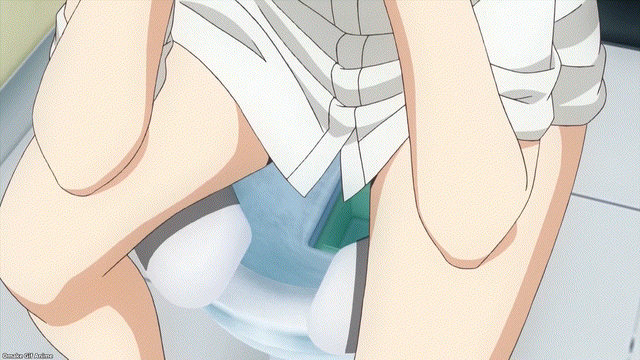
Japanese Use the word “Toilet” Like Brits
When Japan was modernizing in the late 19th century, they took a lot of cues from “Great Britain-senpai,” including driving on the left side of the road, calling the hood of a car a “bonnet,” and building up a huge navy to terrorize weaker nations. They also borrowed the word “toilet,” which is a word Americans are shy about using for some strange reason.
(While back in the U.S. I asked a lady in a store where the “toilet” was, and her face turned to shock at hearing this seldom-used word. My wife was quite amused at my committing such a faux pas in my own country.)
This is not to say there are no euphemisms for politely excusing yourself to visit the restroom, and Japanese has words like 化粧室 keshou-shitsu, a literal translation of the English word “powder room,” and お手洗い o-te-arai, literally “hands-washing place.” Japanese train stations also use W.C., aka Water Closet. I seem to remember publishing a game by that name back in the day…
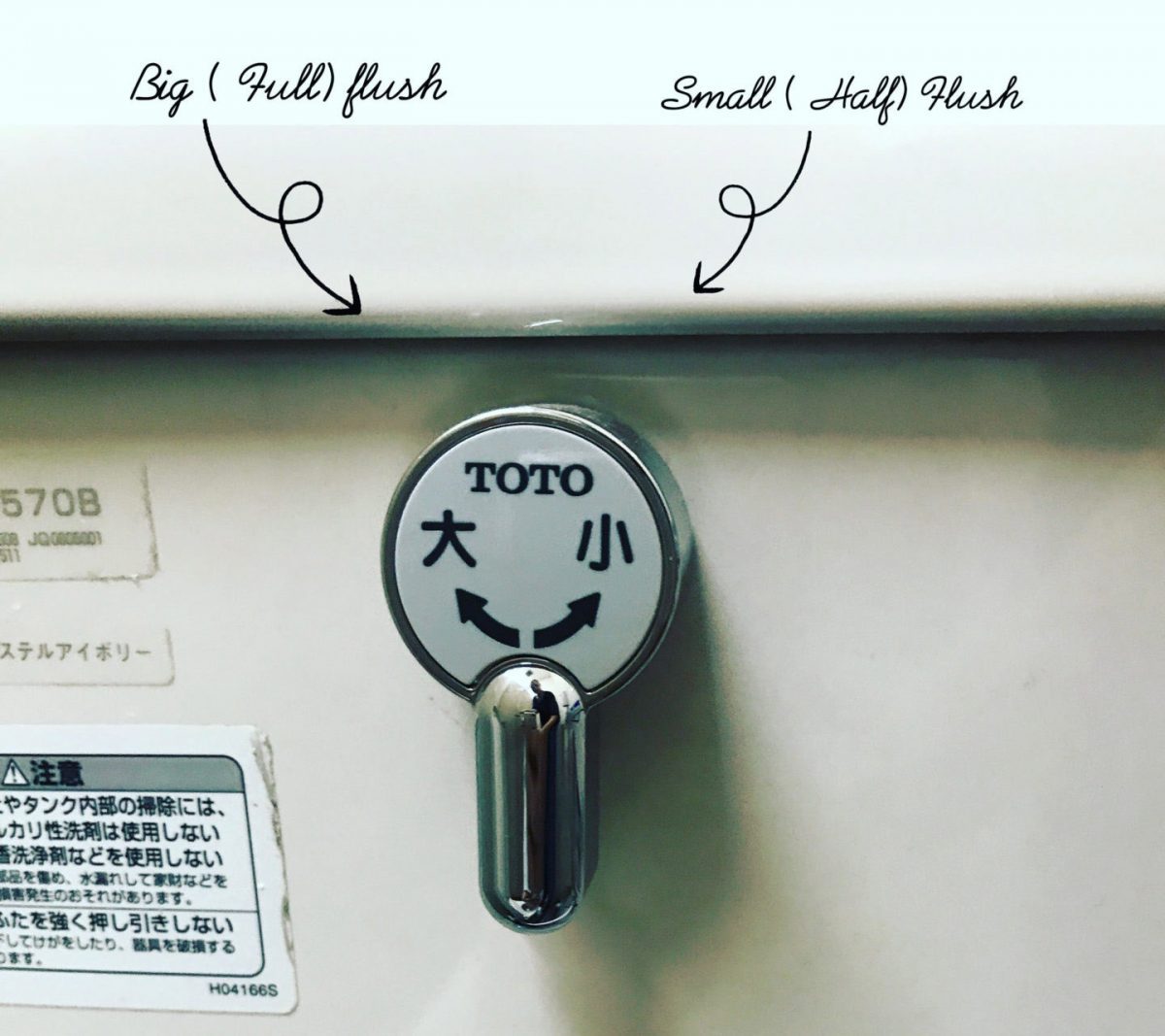
Big vs. Small Convenience
One of the first things a foreigner in Japan does is learn to read kanji, and two of the first kanji he learns to read are 小 and 大, which denote a “small” flush that saves water, and a “big” flush when you need to move something larger down the pipe. Then we eventually learn that the words for “number 1” and “number 2” in Japanese are 小便 shouben and 大便 daiben, literally “small convenience” and “large convenience.” Apologies to Great Britain for turning Big Ben into a reference for pooping.
Bonus Big Ben fact! The school bell chime heard in every school anime is actually the chime of Big Ben. After WWII, an air raid-style siren was used to call students to class, but students complained the sound brought back memories of Allied bombings. An inventor named Kunio Ishimoto created a device that played the Westminster chimes which could be played through school speakers, and this became standard throughout Japan.
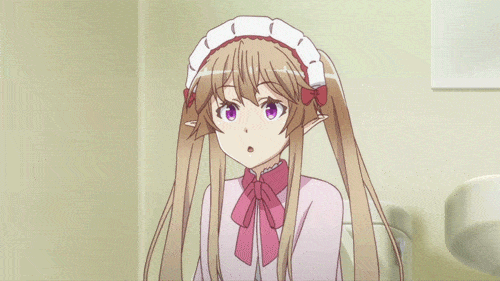
Japanese Toilets Clean Your Butt For You
One of the best things about living in Japan is the “washlets,” washing toilets that clean your butt for you after you’re done. Invented in 1980 by the Toto Corporation, they’ve become a literal fixture in most Japanese homes. They’re especially nice if you’ve got anything stuck in your pipes you want to get out more easily.
Japanese take their butt-washing toilets pretty seriously, and we’re very loyal to the Toto brand, though there are other companies. Our toilet has butt-washing features with optional massage, the ability to move the nozzle forward or backward as needed, and has a handy self-cleaning option to clean the nozzle. There’s also a “bidet” option for women, but being male that’s all a mystery to me. Our toilet also auto-opens when you approach and has cool LEDs inside so you can use it at night without turning on a light. Future toilets might check the blood sugar content of the urine or “phone home” to adult children so can know that an elderly parent is safe and active.
(It goes without saying, but Japanese toilets heat the seat for you during the colder months. A warming toilet seat is called a “warmlet” in Japanese.)
Toto is trying to expert their high-tech toilets to the world, and if you want, you can get one in your home. Here’s the Toto USA website for more info!
Japanese Toilets Respect Your Privacy
Once when my daughter was about three, I went out to eat at a restaurant with her, and she excused herself to go to the bathroom. She came out a minute later, saying the toilet was “making a scary sound” and insisted I come in to help her. It was a sound generator that made a water flowing sound while you did your business, which is a feature Japanese females love because they really hate the idea that someone in the next stall over can hear them peeing.
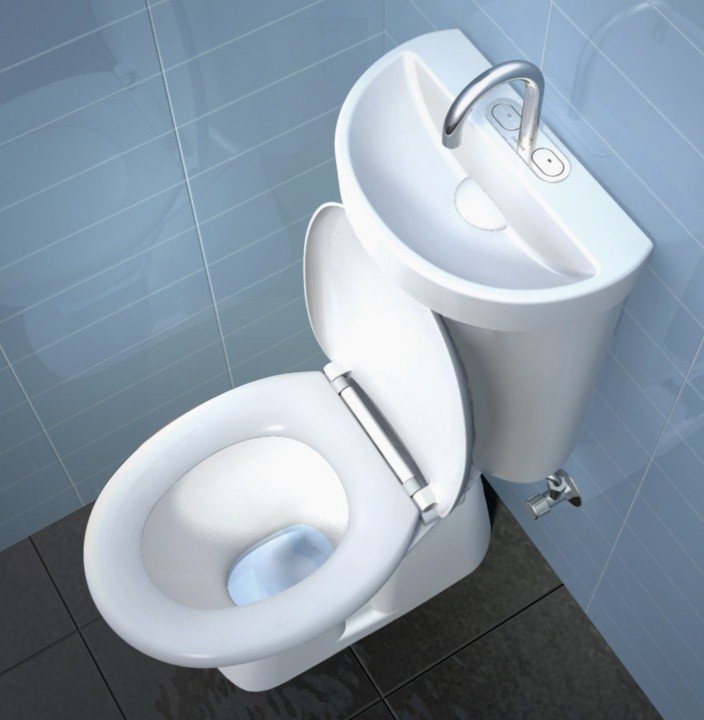
You Can Wash Your Hands in a Japanese Toilet
When I arrived in Japan I was impressed to see most every toilet had a basin at the top, allowing you to wash your hands with clean water flowing into the tank after a flush, which seemed to be a great way to save water. Sadly this feature started to disappear as toilets got more modern and streamlined.
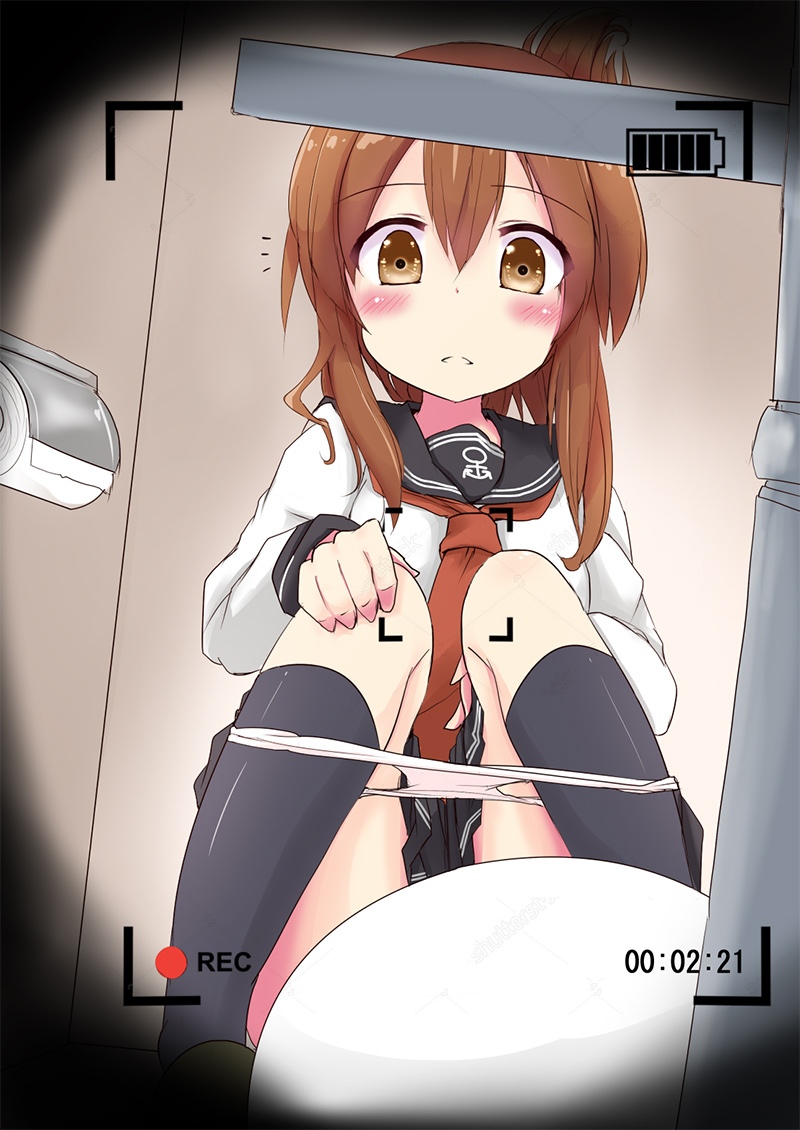
Traditional Japanese Toilets Make You Squat
If you visit Japan, you might encounter a 和式トイレ washiki-toire, what a Japanese squat toilet is called. (The usual sitting kind is a 洋式トイレ yoh-shiki toire or Western-style toilet.) These are frankly not fun because at best they’re inconvenient, and at worst things can get messy and embarrassing. The biggest challenge I’ve had using a Japanese squat toilet is doing so while on a jerking, moving train traveling through Nagano Prefecture.
Happily, Japanese squat toilets have been on their way out for quite a few years. As businesses remodeled their interiors to prepare for the now-canceled 2020 Tokyo Olympics, any that were still of the squatting variety were universally upgraded to modern Western toilets.
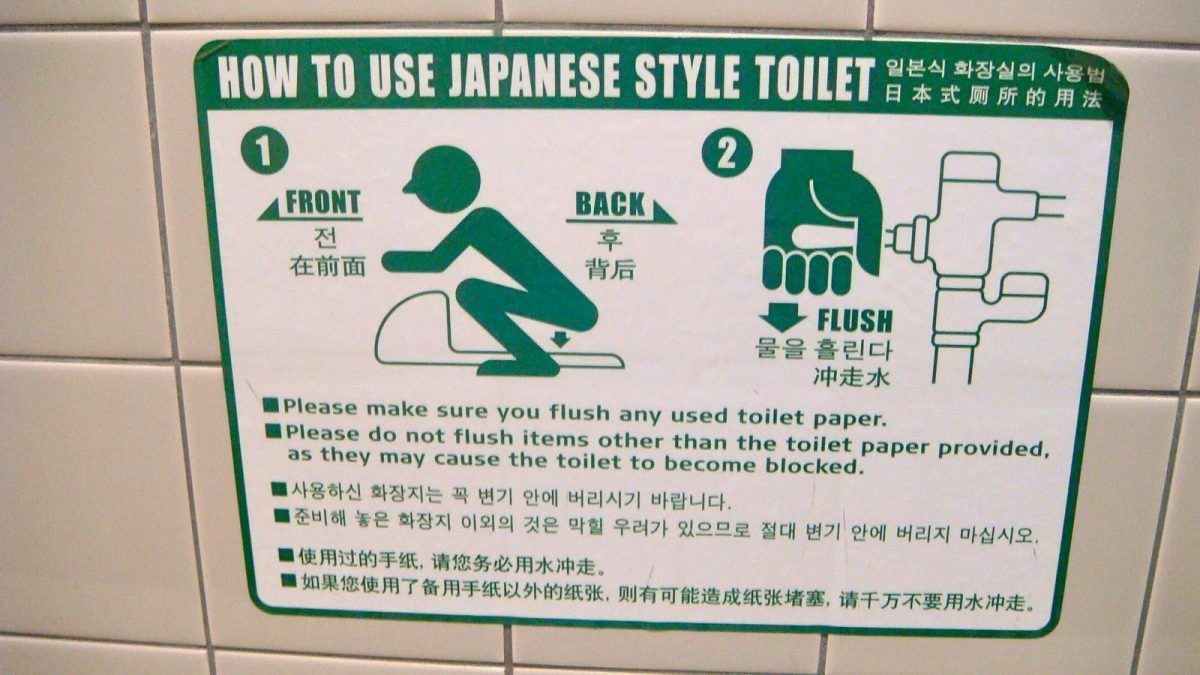
How to Use a Squat Toilet Properly
If you can’t avoid using a squat toilet in Japan, here’s a basic idea.

Thanks for reading this post on Japanese toilets. Got any questions, or topics you’d like us to write about? Post it below or let us know on Twitter!
It never rains, it pours…onaholes, that is. We’ve got a huge number of high-quality male stress toys for you to browse on the site, with everything from official hentai ero toys to high-quality toys that simulate a sweet encounter with a special girl. Browse our new adult toys here!
















